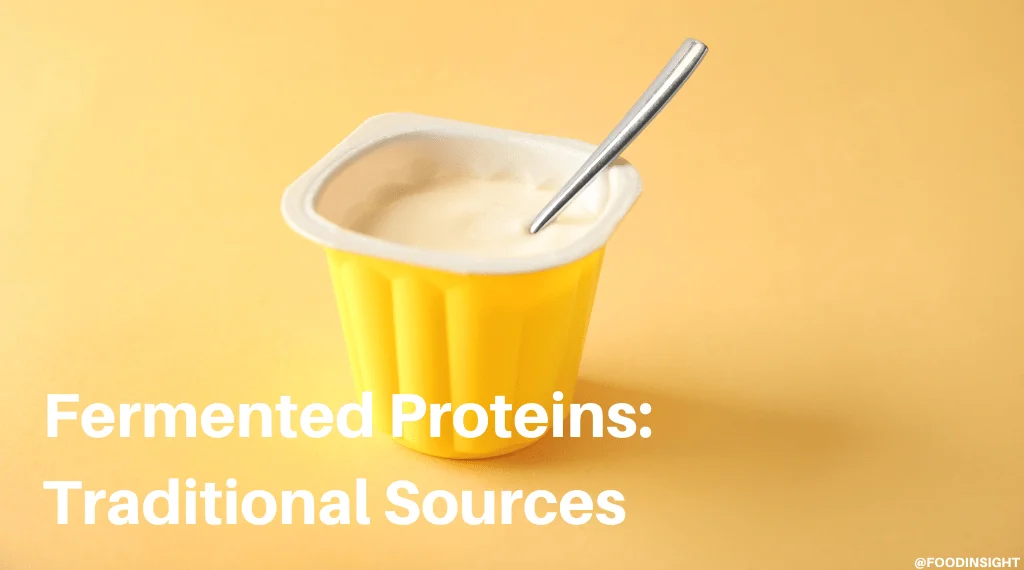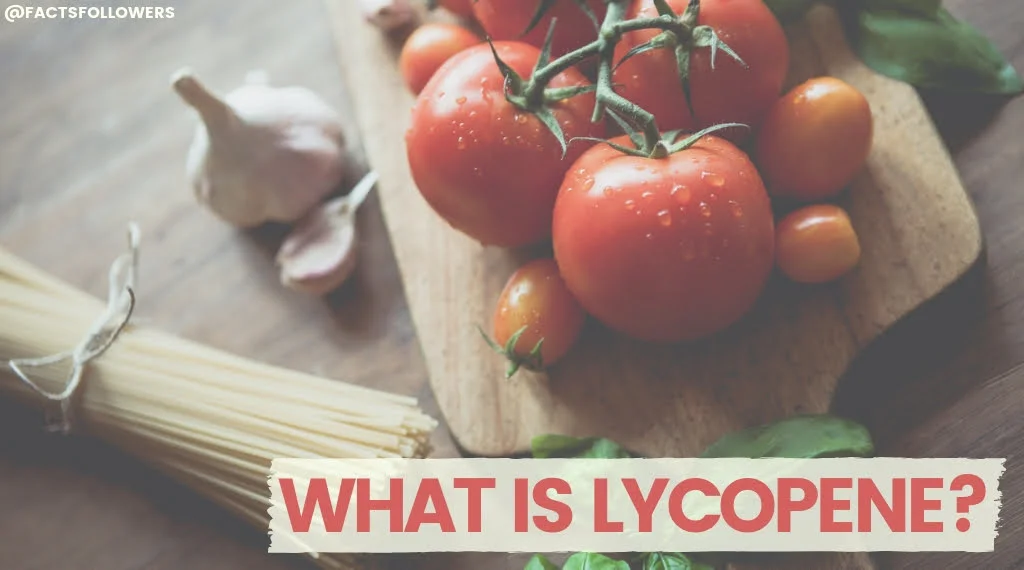
Americans are becoming more and more interested in fermented foods—a trend that runs parallel with our increasing commitment to put more protein on our plates. But what happens when you combine these two food categories to create fermented proteins? In short, the result is buzzworthy and ripe for innovation. In this article, we’ll talk about “traditional” fermented proteins, which cover products that have been part of our food supply for a long time and may be more familiar to us.
What is fermentation?
In a nutshell, fermented foods are produced by the actions of microbes. The different flavors, textures, and appearances of fermented foods are determined by certain species of bacteria, yeast, and mold.
Scientifically speaking, fermentation is an anaerobic process, meaning that it occurs without oxygen. During fermentation, bacteria or yeast convert the sugars in a food to other compounds, typically resulting in the production of alcohol or organic acids. The specific compounds produced by these microbes result in the fermented foods that we’re familiar with today—for example, microbes that convert sugars to alcohol are used to produce beer and wine, while the microbes that make lactic acids give foods like yogurt and sour cream their signature tangy flavor.
How does fermentation work for protein?
Many long-established fermented proteins originate from dairy and soy foods, so let’s focus on these two sources.
Dairy
Three common fermented dairy products are cheese, yogurt, and kefir. The process of cheesemaking begins with the pasteurization of milk, which kills potentially harmful bacteria. Then, bacterial cultures (the good kind!) or yeasts are introduced to ferment the lactose in milk, creating lactic acid. The type of bacteria used in the fermentation process is one reason for the differences in flavor and texture of cheese varieties. Next, rennet (an animal-sourced, enzyme-based ingredient) is added to coagulate the milk, which separates it into curds (the solids that will eventually become cheese) and whey (a liquid byproduct). Finally, the whey is removed, salt is added, and in the case of hard cheeses like cheddar or Swiss, the cheese is then aged for one or more specific periods.
Although yogurt and kefir are often grouped together, their fermentation processes are quite different. When it comes to yogurt fermentation, certain lactic acid–producing bacteria are used, such as Lactobacillus delbrueckii subsp. bulgaricus, L. acidophilus, and Streptococcus thermophilus. These bacteria convert lactose to lactic acid and result in the taste and texture of the yogurt we eat with breakfast or as an afternoon snack.
On the other hand, to create the creamy, sour drink that is kefir, kefir grains are added to milk. These “grains” are made of lactose-fermenting yeasts and non-lactose fermenting yeasts, along with bacteria that produces lactic and acetic acid. There are a variety of microbial species that have been identified in kefir grains, including Lactobacillus brevis, and the microbial composition of kefir may change after fermentation. The by-products of fermentation, such as lactic acids, contribute to the taste, texture, and smell of kefir.
Soy
Next let’s focus on the fermentation processes for two of the most common fermented soy-protein products: natto and tempeh. Natto is a traditional Japanese food that is commonly described as “slimy,” with the presence of sticky strings between the soybeans. When producing natto, the first step involves soaking the soybeans, then steaming them. After steaming, the cooked soybeans are fermented with bacteria—specifically, a species called Bacillus subtilis. The fermentation process produces metabolites such as amino acids and natto kinase, which results in the sticky and slimy texture that natto is known for.
Tempeh is a traditional Indonesian food that is best described as a soybean cake. It can be made with soybeans alone, or it can be combined with brown rice and barley. The production of tempeh follows a process that is similar to that for natto, but the cooked soybeans are fermented with fungi instead (such as Aspergillus and Rhizopus). They help to synthesize enzymes, which break down soybean constituents to create the texture, flavor, and smell of tempeh. After fermentation, the soybeans are bound together by mycelium (a network of fungi).
What are the nutritional benefits of these fermented proteins?
In addition to their protein content, cheese, yogurt and kefir are sources of calcium and (most often in the cases of yogurt and kefir) vitamin D. Calcium plays a key role in our bone and teeth development, while vitamin D helps the body absorb calcium and maintain bone health. In addition to these benefits, yogurt has a variety of essential vitamins and minerals, such as B vitamins and potassium, and kefir offers vitamin B12, phosphorus, and magnesium. Yogurt and kefir are known to be sources of probiotics, although it’s worth keeping in mind that it is still unclear whether there are any consistent benefits to consuming probiotics among generally healthy people. Cheese can often be high in sodium, so if you’re trying to be aware of your sodium consumption, it’s important to read Nutrition Facts labels to help you choose lower-sodium varieties.
Fermented soy proteins provide a variety of nutritional benefits, as well. Tempeh is high in iron, magnesium, and phosphorus, while natto is rich in fiber, iron, potassium, phosphorus, magnesium, and calcium and is considered to contain probiotics. Consuming fermented soy products has been said to reap benefits related to diabetes, cancer, inflammation, and our gastrointestinal microbiota, but most of the current evidence comes from in vitro or animal studies. Randomized control trials on the health effects of tempeh and natto are limited at this time.
There is still so much to learn about fermented foods in general, including fermented proteins. Despite the need for more research to understand how they impact our health, it’s clear that these well-established fermented protein sources have nutritional benefits above and beyond their protein content—and can be creative and healthful additions to our everyday eating patterns.



